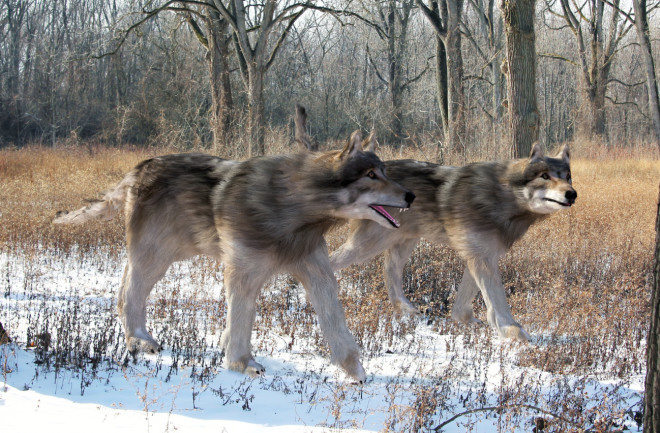Anyone who’s watched or read Game of Thrones has likely heard of the near-mythical direwolf: a massive and terrifying beast. But the real-life origins of dire wolves aren’t found in George R.R. Martin’s imagination (or even a song by the Grateful Dead).
Angela Perri, an assistant professor of anthropology at Texas A&M University, says the study of dire wolves became pretty low-hanging fruit after the show aired. “They’re kind of the iconic creature of the Ice Age Americas,” she says. “It was fascinating to me that a lot of people didn't know dire wolves were a real animal.”
Admittedly, the creatures have been a bit tricky to study; while there are plenty of fossilized remains at the La Brea Tar Pits in California, there’s hardly any genetic material. Tar, as it turns out, doesn’t preserve DNA well. Scientists had assumed that dire wolves were close relatives — or even just a different morphotype — of today’s gray wolf, but nobody knew for sure without DNA evidence.







